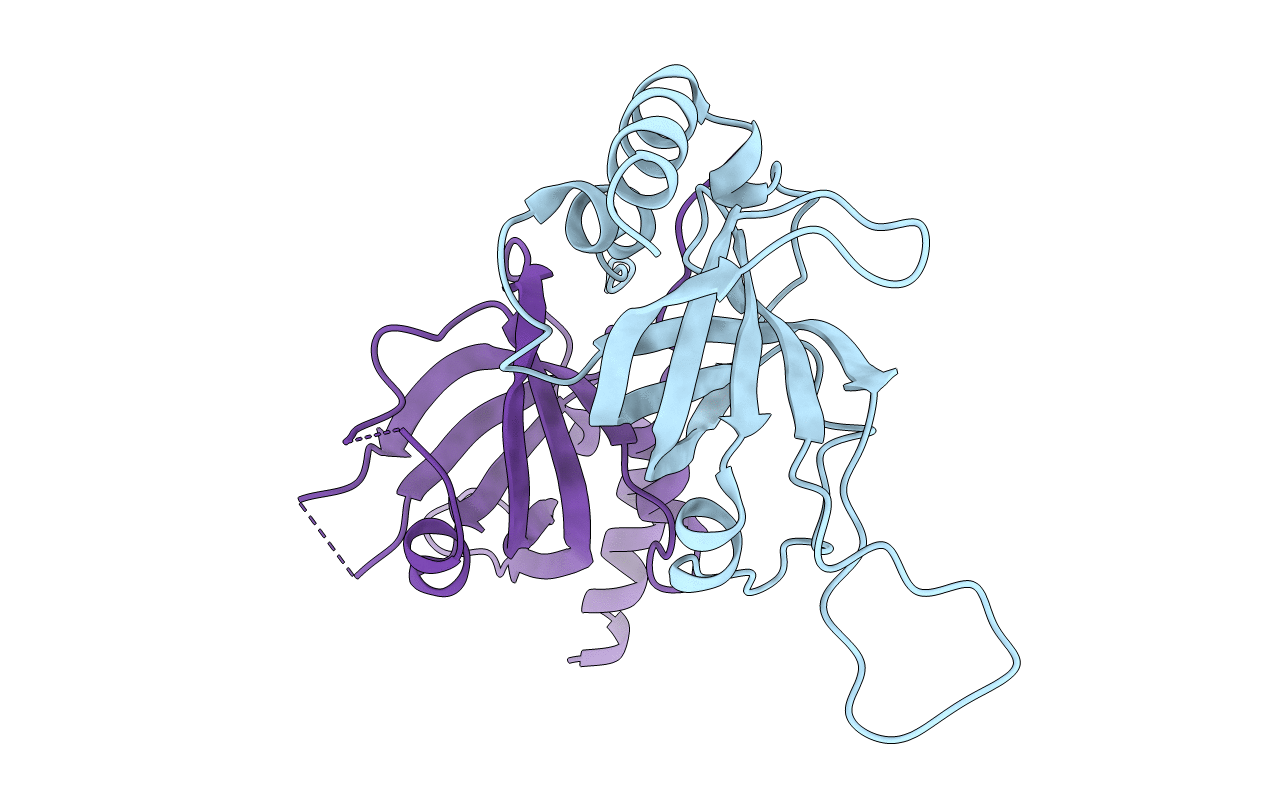
Deposition Date
2006-08-21
Release Date
2006-11-28
Last Version Date
2024-02-21
Method Details:
Experimental Method:
Resolution:
2.70 Å
R-Value Free:
0.25
R-Value Work:
0.21
Space Group:
I 41 2 2


